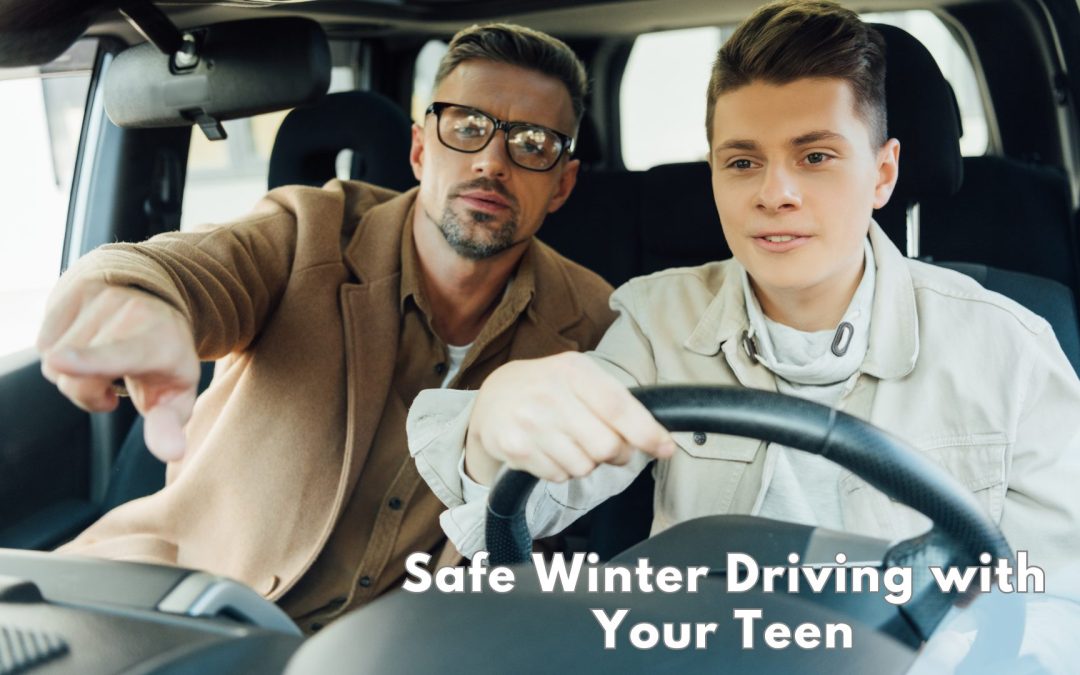Most adults know that it is no small feat barreling through snowstorms and icy roads. That’s why it’s important to make sure your teen knows the safety protocols for all your vehicles, and for the road.
Safety First
Whether your teen is in the early stages of driving or already have their license, you will want to ensure they are prepared for most winter conditions. If you experience high levels of snow or ice, you may be required (or simply for ease of driving) to have snow tires. Show your teen how to put the chains on your car and make sure they are secure for when the big snowstorms hit. Make sure they know the difference between the regular road and black ice. The road may look smooth and clear, but black ice is highly slippery and dangerous.
Also discuss with your teen how to brake in snowy or icy conditions. Explain and demonstrate how to pump the brakes to ensure a smooth stop, hopefully without any sliding! Be sure to have them try pumping the brakes as well so they can get a feel for the process so they are better prepared. It is never a bad idea to put an emergency roadside assistance phone number in your teen’s cell phone too, just in case of any emergency where they may need assistance and you are unavailable. Most cars on today’s roads do not require being started ahead of time for optimal performance, but it does feel nice to get into a nice warm car!
The True Test
You can talk with your teen about whether they would want some practice before hitting the icy roads by themselves. They may have already experienced snowstorms during their driver’s education, or it may have been during summer when a chance for snow is slim. Even if you are in a climate that does not experience large amounts of snow or ice, it is still a good idea to talk to your teens and tell them what to expect. There are regions that can experience a random snowstorm or at least receive some precipitation, which can require some maneuvering if your teen has not been around snow. Even an inch of snow can feel stressful if you have not dealt with it before! Making your teen aware of driving conditions during a snow or ice storm can help both of you put your mind at ease!
Katie Kyzivat

